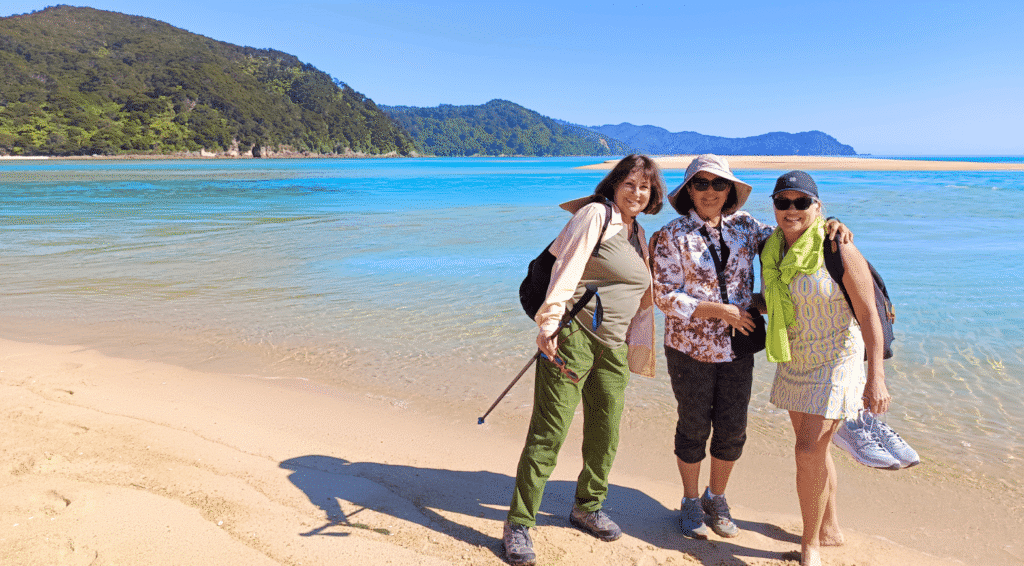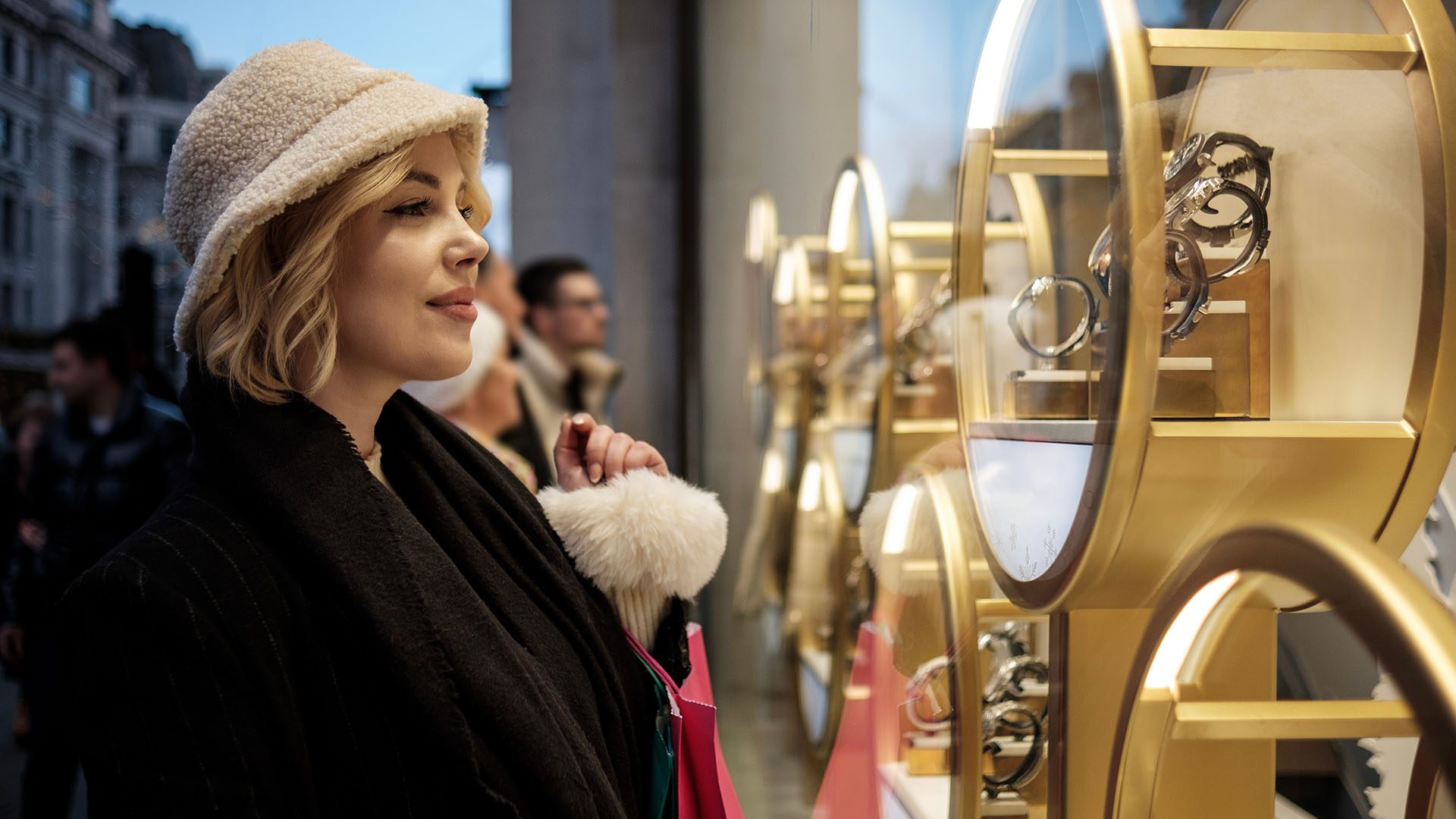When you tell people you’re going to Oman, you’ll often be received with similar reactions: why? And indeed, Oman, which is nestled between Yemen to its South and usually overshadowed by the United Arab Emirates, isn’t the most obvious travel destination for Indians. While offbeat destinations like Tanzania and Kenya have come up in recent years, Oman, unfortunately, has remained under the radar.
Yet despite popular misconceptions, Oman is a safe, secure patch of the Middle East that serves as an antidote to the glittery artifice of Dubai and offers astonishing landscapes. Cradled on the edge of the Arabian Peninsula, nestled between the sparkling waters of the Arabian Sea and the towering Al Hajar Mountains, Oman is where golden deserts meet azure coastlines, ancient fortresses stand guard over bustling souks, and vibrant culture and modern luxury coexist in perfect harmony— truly making this country a hidden gem in West Asia.
Oman is one of the rarest places in the Middle East—perhaps because it remains largely untouched. At times, you might find yourself at remote locations that almost look lunar with its barren landscape; other times, you may find yourself on a coastline that rivals the likes of Santorini. Be it the rolling dunes of Wahiba Sands, the lush terraces of Jebel Akhdar, or the dramatic canyons of Wadi Shab — dive into why Oman promises an unforgettable experience.

Oman’s Cultural Richness
Oman’s cultural richness is woven through its ancient forts, vibrant souks, grand architectural marvels, and its deep ties to frankincense—all providing a captivating glimpse into its storied past and vibrant present.
It’s impossible to talk about the cultural richness of Oman without diving into the importance of frankincense. Centuries before oil, frankincense, a fragrant resin from the Boswellia sacra tree, commanded fortunes. Venerated since biblical times and peaking in the Christian era, frankincense, often called ‘pure incense,’ was a valued commodity. Oman, producing the finest frankincense, was known as the ‘Sweat of the Gods’ by ancient Egyptians.
Meanwhile, one can start their journey with a visit to Oman’s historical sites, such as the ancient forts of Nizwa and Bahla. The Nizwa Fort, built in the 17th century, stands as a testament to Omani architectural ingenuity. Its colossal drum-shaped tower offers panoramic views of the city and the surrounding date plantations. Adjacent to the fort is Nizwa Castle, which houses a modest museum showcasing traditional attire, jewelry, and historical artifacts. Similarly, Bahla Fort, a UNESCO World Heritage site, exudes an air of timelessness with its mud-brick walls and extensive courtyards, providing an immersive experience of Oman’s fortified past.

The Sultan Qaboos Grand Mosque in Muscat, completed in 2001, is a showcase of Islamic artistry. This majestic mosque, covering over 4,447,000 square feet, houses the world’s second-largest carpet and chandelier. Its serene ambiance, intricate carvings, and stained glass windows create a visually stunning experience.
Further cementing the vast cultural richness of this country, Oman’s souks, or traditional markets, are a bustling hub of activity and commerce, offering a sensory overload of sights, sounds, and smells. The Mutrah Souq in Muscat is a maze of narrow alleys filled with shops selling spices, textiles, and handcrafted silver jewelry. Haggling is part of the experience, and it’s not uncommon to find unique treasures like Omani frankincense and traditional pottery. In Nizwa, the souq is famous for its Friday cattle market and traditional Omani wares, providing a lively atmosphere where the local culture is vibrantly on display.
Festivals and events are also an integral part of Omani culture, adding to the country’s vibrant tapestry. The Salalah Khareef Festival, celebrated during the monsoon season from late June to September, transforms the city of Salalah into a lush, green paradise. This festival attracts both locals and international visitors who come to enjoy the refreshing weather, cultural performances, and traditional Omani cuisine.
The Dhofar region in Oman is also listed as a UNESCO sight and often called the ‘Land of Frankincense’ beecause frankincense trees grow here naturally. This area, which includes Wadi Dawkah, the caravan oasis of Shisr/Wubar, and the ports of Khor Rori and Al-Baleed, represents the ancient trade routes of frankincense, once a precious commodity given to kings and royalties around the world.

Whether you are exploring the grand forts, wandering through bustling souks, or participating in vibrant festivals, Oman offers a rich cultural experience that seamlessly blends its historical heritage with modern allure.
Oman’s Stunning Landscapes
Oman’s stunning landscapes offer a diverse array of adventures. The vast Wahiba Sands is a thrilling playground for desert lovers, where rolling dunes stretch endlessly. Whether you choose an exhilarating ride of dune bashing or a serene camel trek, the golden sands transform into a magical glow as the sun sets. Meanwhile, Jebel Akhdar, or the Green Mountain, beckons with its rugged trails and breathtaking vistas. The lush haven, dotted with ancient terraced farms, offers an escape from the heat of the lowlands. At the same time, the dramatic canyons of Wadi Shab and Wadi Bani Khalid invite you to take a refreshing dip in crystal-clear pools and discover hidden caves and waterfalls, each turn revealing a new facet of Oman’s diverse landscapes.

The Musandam Peninsula, often referred to as the “Norway of Arabia,” boasts stunning fjords that rival those of Scandinavia. One can relax on pristine beaches or embark on a traditional dhow cruise through the fjords, where it’s easy to spot dolphins. The Daymaniyat Islands, a protected marine reserve, offer a diver’s paradise. Snorkel or dive into vibrant coral reefs teeming with marine life, from colorful fish to majestic sea turtles.

Oman is home to four UNESCO World Heritage Sites, each telling a story of its rich history. The Bahla Fort, the Archaeological Sites of Bat, Al Khutm and Al Ayn, the exceptional irrigation systems of Al Aflaj, and the Land of Frankincense in Dhofar all offer glimpses into the past.
It’s often puzzling to one how one small country can offer a blend of desert nights, mountain treks, coastal explorations, and also canyons with crystal clear blue waters. Every corner of this country offers a vibrant blend of all — and it often leaves you speechless (trust me, I was).
Culinary Delights
Omani cuisine is a vibrant reflection of its rich cultural tapestry, offering an array of dishes that captivate the palate with unique flavors and traditional cooking methods. A must-try is Shuwa, a celebratory dish of marinated lamb wrapped in banana or palm leaves and slow-cooked for up to 48 hours in an underground sand oven. This labor-intensive process infuses the meat with a smoky, tender flavor that is unforgettable. Another staple is Majboos, a spiced rice dish akin to biryani, often served with chicken or lamb. The rice is cooked with a blend of spices, saffron, and dried lime, creating a fragrant and flavorful base. Mashuai, grilled kingfish marinated with spices and served with rice, showcases Oman’s coastal bounty, making it a favorite among seafood lovers.
No culinary journey in Oman is complete without experiencing a traditional Omani coffee ceremony. Served with Kahwa, a lightly spiced brew often flavored with cardamom, the ceremony is accompanied by dates and Halwa—a sticky, sweet confection made from sugar, rosewater, and a blend of nuts and spices. This ritual is a warm expression of Omani hospitality and is deeply ingrained in the local culture.
Whether savouring slow-cooked meats, aromatic rice dishes or indulging in sweet treats and coffee, the culinary delights of Oman will leave you with a long-lasting impression.
Where to Stay
Well, it depends.
If you’re in Muscat, breathing in the sites at Sultan Qaboos Grand Mosque or getting lost in the famous Mutrah Souq, then Mandarin Oriental, Muscat would be your first choice — an urban oasis located in the heart of Shatti Al-Qurum, this famous luxury chain is perfectly positioned for exploring Muscat’s intriguing ancient architecture while also enjoying their world-class spas.
In Dibba, there’s nowhere better to stay than at Six Senses Zighy Bay — which offers luxury villas with private pools, a Six Senses Spa, and a wellness center including Moroccan hammams.
However, our personal favourite hotel chain in Oman is the Alila Hotels.
Perched discreetly 2,000 metres above sea level, Alila Jabal Akhdar is the jewel of the “Green Mountain”. Perfectly positioned in one of Oman’s most spectacular and untouched areas, this luxury property is camouflaged within its breathtaking surroundings and is an oasis of relaxation. The property is a 2-hour drive from Muscat and close to Nizwa for a perfect day trip.
On the other end, Alila Hinu Bay in Salalah unrolls along Oman’s southwest coast, just mere steps away from the Arabian Sea. This wellness resort offers an ecological escape and a glimpse into the scenic Dhofar region. Meanwhile, visitors can indulge in activities like hiking and yoga, while also immersing themselves in the excellent spa center the resort offers.


